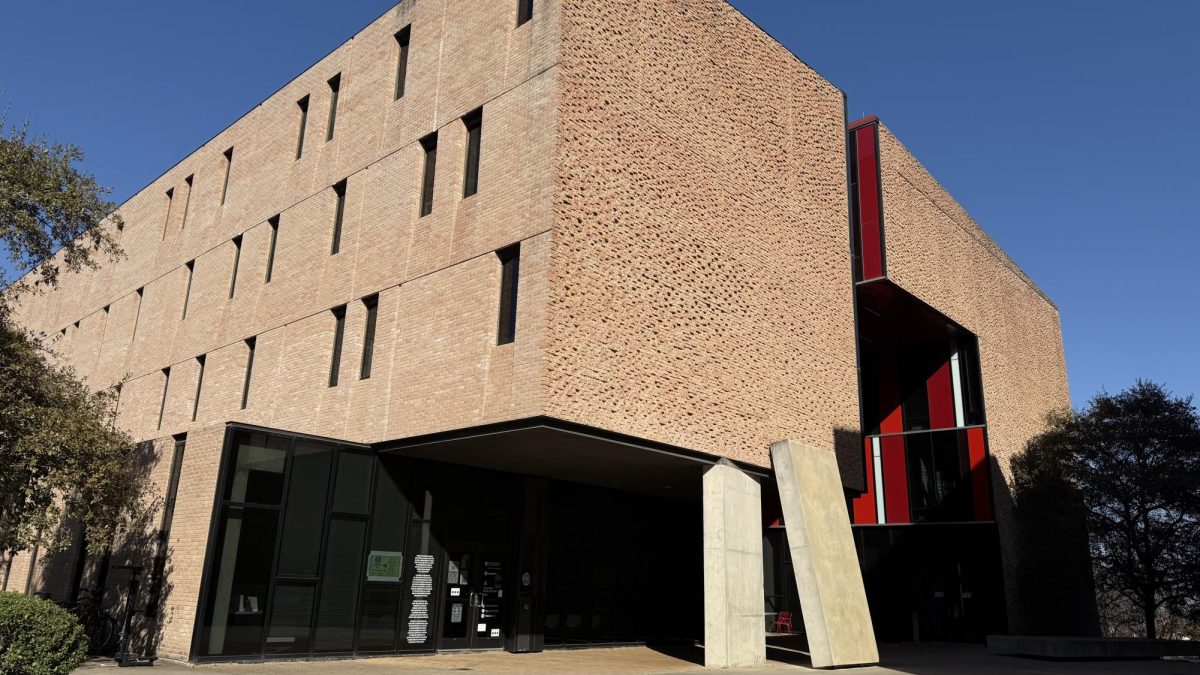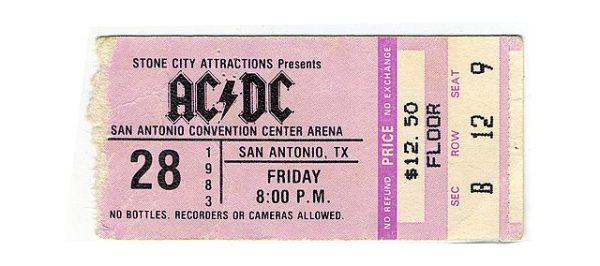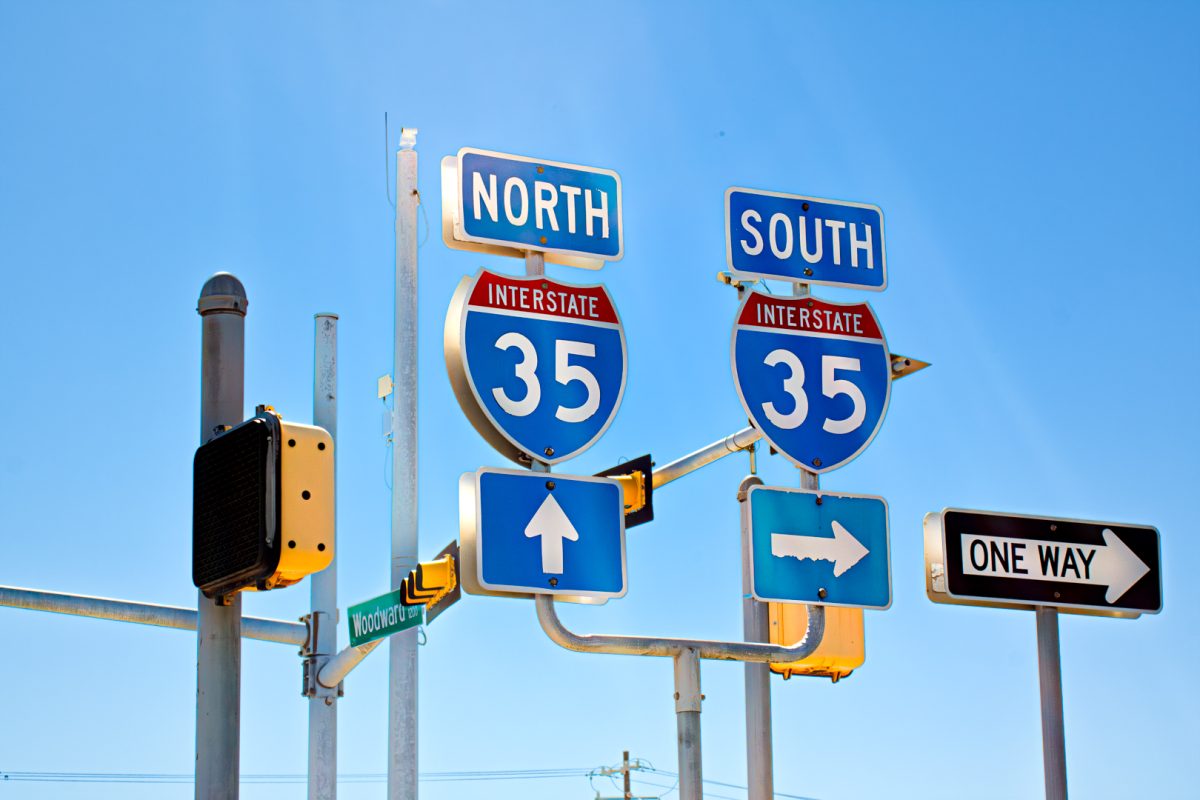“The golden age of America begins right now,” declared the 47th President of the United States of America, Donald J. Trump, at the beginning of his inaugural address in front of a packed crowd inside the Capitol Rotunda in Washington D.C. This statement underlines the president’s controversial vision for the nation, which promises to completely reverse and challenge everything the White House has accomplished over the last four years.
Throughout the 30-minute-long address, Trump stated his vision in no uncertain terms. He has an unflinching, uncompromising view, which centers around a very simple, but polarizing idea: “America First.”
This “America First” agenda will have damaging effects for America’s environmental, economic and social future, as Trump charges back into office for the second time.
But this isolationist policy is what Trump has always been about. Ever since he announced his initial candidacy in the basement of his lavish Trump Tower on Fifth Avenue in New York City, he has never wavered from this determined and resolute position.
As his inaugural speech wore on, Trump delved deep into what this vision will mean for the next four years, proclaiming dramatic rollbacks of the Green New Deal – bold environmentalist policies set forth by Democratic leadership – and promising to “Drill, baby, drill.” He promised to rid the federal government of policies he felt “socially engineered race and gender into every aspect of public and private life.” He echoed that “there are only two genders, male and female,” underlining restrictive attitudes toward transgender rights, and a lack of respect for diversity, equity and inclusion initiatives. With the establishment of the External Revenue Service, Trump pledged to enact a series of import tariffs on foreign nations, designed to ease the financial burden on American taxpayers and increase revenue coming in from foreign sources.
But, really, it was his stance on immigration that was most severe and most indicative of the kind of country he wants America to be. “All illegal entry will immediately be halted,” began Trump, listing a series of harsh policies and strategies designed around his idea of “common sense.” This represents a massive shift from President Joe Biden’s more “humane” approach, which saw the abolition of the Remain in Mexico Act originally put in place during Trump’s first term, and the restoration of many families separated at the border under the first Trump administration.
Overall, Trump’s use of short, punchy catchphrases that broadly summarize complicated and nuanced issues into short, bite-sized pieces is what has brought him so much success and is why the American people should be so concerned. Emotionally charged slogans like “Make America Great Again”, “America First”, “Drill, baby, Drill”, and “We’re going to win like never before” have spurred him on to victory over the last 8 years. He panders to the traditional nationalism of conservatives and makes enemies of those not a part of that group. The initial rhetoric of his first campaign, centering around the idea of “draining the swamp” is a prime example of this. His repeated attacks on the “woke liberal agenda” appeal to the emotions of his supporters and endear him as a leader.
He is a populist, through and through, using the patriotism and nationalism of his supporters to charge his way into office. His language and rhetoric is indicative of this idea. He constantly references victory, winning, domination and success, as ideals to be reached – setting up an “us vs. them” mentality that permeates throughout his utterly committed support. He wants a strong, independent and financially successful America, shifting away from more ideals of globalism and interdependence. In such an interconnected world, it is dangerous for America to abandon its role as a unifying leader. It’s dangerous for the country to withdraw inwards with more restrictive borders, more restrictive trade policies and more belligerent leadership right from the very top.
Supposed “America First” policies will hand down costs of tariffs and trade deals down to the consumers. Proposed 25% tariffs on all goods entering the country from Canada and Mexico– the country’s two closest geographic allies will ultimately trickle down to increased prices for the consumer. Non-partisan group, Peterson Institute for International Economics estimates that the newest proposed tariffs from Trump will lower incomes for the poorest fifth of Americans by 4%, and by 2% for the wealthiest fifth.
But, we must not forget that this is what the country wanted. He won both the popular and the electoral college vote, a feat not achieved by a Republican since 1988. In down-ballot races, Republicans now control both the Senate and the House of Representatives, demonstrating a clear mandate for Trump’s leadership over the next four years. As former Vice President Kamala Harris put it on Inauguration Day, “This is democracy in action.” This election cycle was a clear wake-up call for Democratic leadership and how they present their messaging– from the very top of the party to the bottom. A rekindling of connection with the American people is sorely needed for the Democratic party if they want to have any chance of stopping Trump’s “America First” rampage across all aspects of the federal government.















Fran • Feb 11, 2025 at 7:08 pm
First of all, Bush (43) won the popular vote and electoral college. Second due to your writing clearly showing heavy bias, lack of balance, speculative assertions, and factual inaccuracies. A more effective critique of Trump’s policies would include stronger sourcing, consideration of counterarguments, and a more objective tone.
Third your green new deal assertions are misleading. It was never passed into law, it was a non-binding resolution introduced by progressive Democrats in 2019. Since no enforceable policy existed, there is nothing for Trump to “roll back.” He could roll back Biden-era climate regulations, but referencing the Green New Deal is misleading.